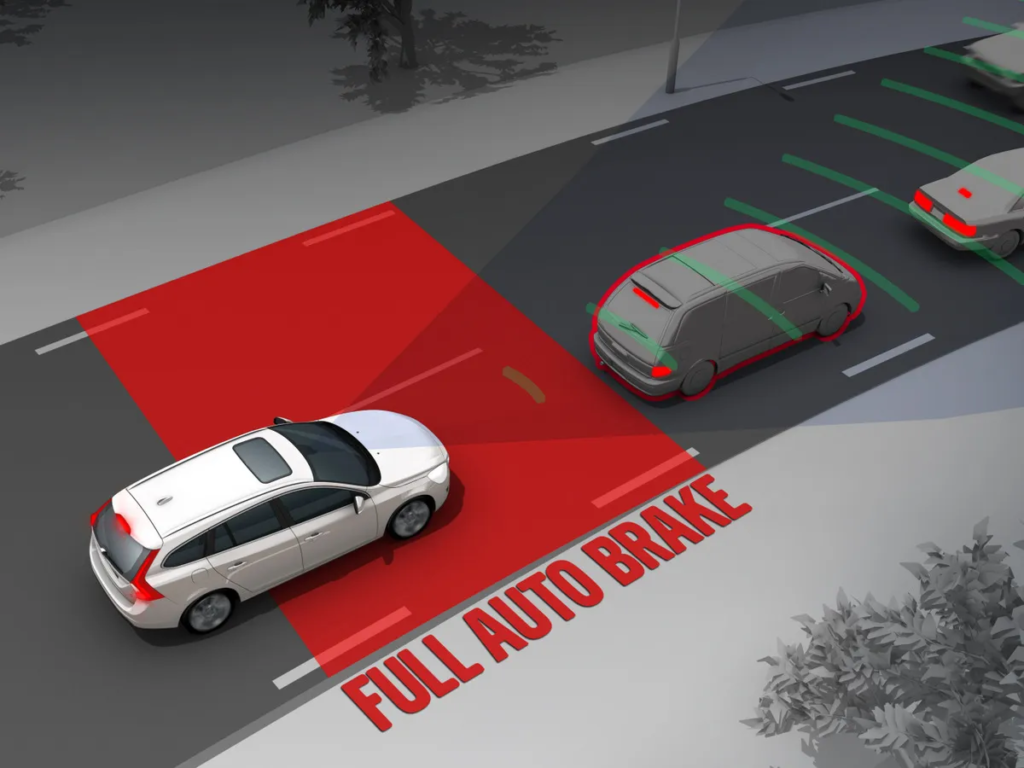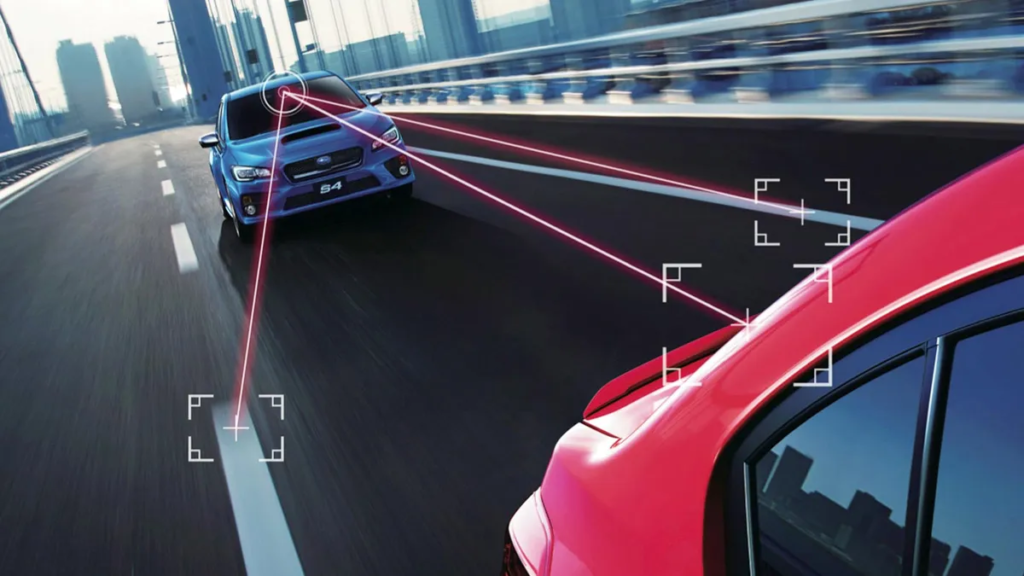
Automatic Emergency Braking (AEB) is a groundbreaking safety feature in modern vehicles, designed to prevent collisions by automatically applying the brakes in critical situations. As part of the broader suite of advanced driver assistance systems (ADAS), AEB enhances vehicle safety by reducing the likelihood of accidents and mitigating the severity of collisions. Understanding how AEB works, its benefits, and its limitations can help drivers appreciate this technology’s role in enhancing road safety.

1. How Automatic Emergency Braking Works
Automatic Emergency Braking systems utilize a combination of sensors, cameras, and advanced algorithms to detect imminent collision threats and take action to avoid or minimize the impact. Here’s a detailed look at the technology:
- Sensors and Cameras: AEB systems are equipped with radar sensors and cameras mounted on the front of the vehicle. These sensors continuously monitor the road ahead, scanning for obstacles, vehicles, or pedestrians.
- Collision Detection: The system uses data from these sensors to assess the distance and speed of objects in the vehicle’s path. If the AEB system detects a potential collision, it calculates the likelihood of an impact based on the vehicle’s speed and trajectory.
- Brake Activation: When the system determines that a collision is imminent and the driver has not responded appropriately, it automatically activates the brakes. This can involve partial braking to reduce the impact force or full braking to prevent the collision altogether. Some systems may also provide audible or visual warnings to alert the driver before engaging the brakes.
2. Benefits of Automatic Emergency Braking
Automatic Emergency Braking offers several significant benefits that enhance vehicle safety and driver confidence:
- Enhanced Safety: AEB significantly reduces the risk of collisions by automatically applying the brakes when a potential crash is detected. This proactive approach helps prevent accidents and protects occupants, pedestrians, and other road users.
- Reduction in Collision Severity: Even if AEB cannot completely avoid a collision, it can still reduce the severity of the impact. By slowing the vehicle down before the collision, AEB decreases the crash energy, potentially mitigating injuries and damage.
- Assistance in Emergency Situations: AEB is particularly valuable in emergency situations where driver reaction time may be compromised. It acts as a safeguard to compensate for delayed or impaired responses, providing an additional layer of protection.
- Support for Safe Driving: AEB encourages safer driving practices by integrating advanced technology with human driving. The system supports driver attentiveness and complements safe driving habits, contributing to overall road safety.
3. Limitations of Automatic Emergency Braking
While AEB offers substantial benefits, it also has limitations that drivers should be aware of:

- Performance in Adverse Conditions: AEB systems may be less effective in poor weather conditions, such as heavy rain, fog, or snow. Reduced visibility or sensor obstructions can impact the system’s ability to detect obstacles accurately.
- Limited Detection Range: The effectiveness of AEB can be influenced by the detection range of the sensors and cameras. The system may not detect obstacles at extreme angles or in low-light conditions as effectively as it does in optimal conditions.
- Driver Reliance: There is a risk that drivers may become overly reliant on AEB, leading to reduced attentiveness. AEB is a supplementary safety feature and should not replace careful driving practices and active engagement with the driving task.
- Potential for False Alerts: AEB systems may occasionally issue false alerts or unintended braking if they misinterpret sensor data or encounter unusual road conditions. Drivers should remain alert and be prepared to take control of the vehicle if necessary.
4. Best Practices for Using Automatic Emergency Braking
To maximize the benefits of AEB and ensure its effective operation, consider the following best practices:
- Understand Your System: Familiarize yourself with the specifics of your vehicle’s AEB system by consulting the owner’s manual. Knowing how the system operates and what to expect can help you use it more effectively.
- Maintain Sensor Cleanliness: Keep the radar sensors and cameras clean and free from obstructions. Dirt, ice, or snow on the sensors can affect the system’s performance and accuracy.
- Combine with Safe Driving Habits: Use AEB as a complementary safety tool rather than a primary means of collision avoidance. Continue to practice safe driving habits, including maintaining safe following distances and staying attentive to the road.
- Be Aware of System Limitations: Recognize the limitations of AEB and adjust your driving behavior accordingly. Understand that AEB is not infallible and may not perform optimally in all situations.
5. Conclusion
Automatic Emergency Braking is a vital advancement in vehicle safety technology, designed to prevent collisions and reduce the severity of accidents by automatically applying the brakes in critical situations. By understanding how AEB works, its benefits, and its limitations, drivers can make the most of this technology while maintaining safe driving practices. As automotive technology continues to evolve, AEB remains a key component in enhancing road safety and protecting drivers, passengers, and pedestrians.





